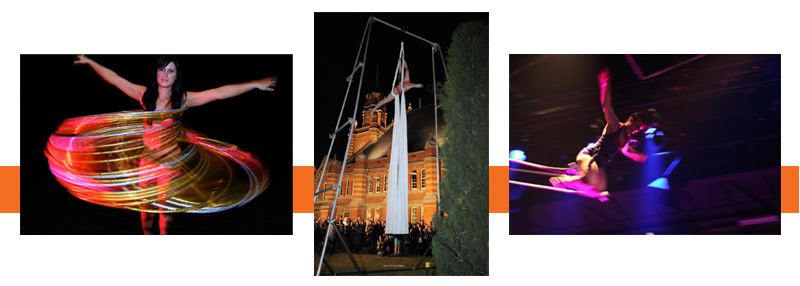Welcome to 2012! Here is a blog written by Louise Clark who did her internship with us at Red Hill Gallery. We all loved working with her and hope she got a lot out of her time with us and we wish her all the best with her assured future in the arts.
There is more to working in an art gallery than you think.
To complete my degree I had to complete an internship working within a company business that somehow incorporated the skills learnt during my degree, so I naturally thought an art gallery would be the best place. There are many types of art gallery and I wanted to utilise this internship by experiencing an area I hadn’t explored before. I chose the Red Hill Gallery because I had never worked in a commercial retail environment and wanted to challenge myself and see if that industry suited me. My position during the internship was working as part of a team in the independent commercial retail Red Hill Gallery, which the journal article Economics of the Art Market defines as “The art market is characterized by a hierarchy of sub markets. At the first stage sometimes called the primary market, individual artists provide works to galleries, local art exhibitions, or directly to find consumers…” defined by Gerard-Varet (1995, 511). During my time at the Red Hill Gallery I realised there is more to working in an art gallery than you think. It’s not just sitting around all day talking about art, but much, much more. I learnt many new skills during my internship including different hanging systems, making displays, how to store artworks, marketing, the filing systems and the use of stock takes and different sales techniques.
One might think selling art is just the same as selling any other consumer product however it is not, as according to Reinstaller, Schonfeld (2007, 1) “The crucial distinction between art and other consumption goods is that the quality of an artwork cannot be objectively determined. Instead, the value of art is socially constructed.” In knowing this it was interesting to see how each person in the gallery approached selling art in different ways. One of the things I learnt along the way was that it’s not just about how you talk to clients; selling art combines many skills together like marketing, art history, hanging and creating merchandised displays, etc. This can be described as an ‘interdisciplinary’ approach as defined by Repko (2008, 5) “The word interdisciplinary consists of two parts: inter and disciplinary. The prefix Inter means “between, among, in the midst.” Disciplinary means “of or relating to a particular field of study” or specialisation. So a starting point for the definition of interdisciplinary is “between fields of study” (Stember, 1991, p.4). Inter also means “derived from two or more,” for example; it starts by using art history knowledge in choosing which artists are to show in the gallery then displaying the artworks in complimentary ways (by using light and making sure the artworks around work together) which lets the clients sees what real potential the artwork has. The marketing brings the people into the gallery and a bit of art history knowledge and sales technique complete the original aim – selling art.
Although I didn’t complete the aim during my internship by selling an artwork, I think I helped with a few. Most importantly I learnt a lot of new skills and made some new friends along the way. To the team at the Red Hill Gallery, Thank You. J
References
Caplin, L. 1998. The Business of Art. 3rd ed. USA: Prentice Hall Inc.
Chong, D. and Robertson, I. 2008. The Art Business. NewYork: Routledge.
Gerard-Varet, L. 1995. “ Economics of the Art Market. On pricing the priceless: Comments on the economics of the visual art market.” European Economic Review. 39 (3-4): 509- 518.
Gillmore, J. and Pine, J. 1999. The Experience Economy: work is theatre and every business a stage. Boston: Harvard Business School Press.
Reinstaller, A. and Schonfeld, S. 2007. “ The effects of gallery and artist reputation on prices in the primary market for art: a note” Journal of Culture Economics. 31 (2): 143-153.
Repko, A. 2008. Interdisciplinary research. Thousand Oks: Sage Publications Inc.




